I appreciate Zhizheng Tea. I appreciate the clean, unassuming style of their web-site. I appreciate their swift sending of the samples that I bought. I appreciate their excellent, personalised customer service via e-mail. I appreciate the responsiveness of their staff to questions. I appreciate the presentation of their tea (pictured below).
It is such a shame, then, that their tea left me so disappointed. I wanted (very much) to like it, but I simply cannot. What a pickle.
I bought these samples after reading an article at, I think, the blog of His Grace the Duke of N. Everything was so right about the business, and its service, that I feel like an absolute swine for not being able to appreciate the tea. However, the fact stands that something is (I believe) rather amiss somewhere between maocha and cake for these teas that had such potential, and which promised so much.
The 2005 Hongyue [red moon]
I tried all of these teas several times (and a number of others in the dozen or so that arrived) over several week-ends, and all led me to the same conclusion. This article focusses on the first four that I tried, and on which I made detailed notes, before I gave up and relegated them to mere office drinking (essentially the purgatorio of teas).
The 2008 Xianxiang
Pictured here, those first four samples: in descending order, the 2005 "Hongyue" [red moon], the 2008 "Xianxiang" [respectfully-given-gift scent], the 2009 "Jidi" [origin place], and the 2010 "Bulang".
The 2009 Jidi
Looking over the dry leaves of each, a definite redness is obvious, to a greater or lesser degree. This may not come out in the photographs, but the leaves are decidedly coloured.
The 2010 "Bulang"
While we might expect the 2005 to have some colour, surely the more recent teas cannot be red-leafed in their natural state.
The 2005 Hongyue
Each tea is clearly produced using good quality leaves, which I conclude from their whole, appealing appearance, and their significant furry natures. In the mouth, each is clean and exceptionally cooling. The claims to laoshu [old tree] and qiaomu [arbor] I can easily believe in this case.
We might expect a degree of orangeness in the colour of the soup from a 2005 tea (now six years old at the time of writing), but from teas that are, respectively, just one, two, and three years of age? Surely not. As pictured below, the 2009 "Jidi" is almost as deep in its orange colour as the 2005 "Hongyue".
The 2009 "Jidi"
If you asked me to describe a tea that had been produced to be "drink-it-now", and more appealing to the mainstream tea-drinking market, I would suggest that the leaves would have been reddened, perhaps by allowing a degree of oxidation prior to shaqing [kill green]. I would expect to see an orange or reddened soup, a malty character in the flavour, and a significantly decreased or absent kuwei [good bitterness]. I would expect it to be gentle, and absent the complexity that one would hope for in laoshu tea.
All of the ten teas that I have tried from Zhizheng have been of this variety, without exclusion, which strikes me as something of a pity given the deliciously cooling nature of what must surely be top-quality leaves.
The 2005 "Hongyue"
Ordinarily, I would write the entire series off as being the production of a company that merely wished to appeal to as many tea-drinkers as possible by processing their teas in that familiar manner. However, Zhizheng have been so thoroughly decent and open in their e-mail correspondence that I'd like to describe a little of our exchange, if I may summarise.
Mark, of Zhizheng Teas, is based in Jinghong and notes that no such decision to process for mass appeal has been made. He writes that his leaves have been purchased from a range of farmers, and that some of the leaves were purchased after shaqing. He suggests that old-tree cakes can be like this, and that the products are representative of the wonderful complexity and charm of old-tree leaves. He (very politely) suggests that I may have become accustomed to drinking taidicha [plantation tea] or xiaoshu [little tree] leaves, and hence not fully appreciate the Zhizheng cakes.
"Only a fool cannot change their mind", and I am always happy to be proven wrong. It could be entirely possible that all of the laoshu examples that I have tried, whether from travelling Western friends or Beijing-, Hong Kong-, and Singapore-based oriental chums, could have been improper. It could be that the Zhizheng teas are the Real McCoy, and I simply have never come across something quite as good as them before.
I'm willing to give that hypothesis some time, but it doesn't sit well with the evidence. The laoshu examples that I have encountered before (and have often described on this humble site) are so wonderfully complex, and simply more in every way. More interesting. More long-lived. More vibrant. More wide-ranging in character. More energetic in the mouth. More complex. More satisfying. Sometimes, more bitter.
By comparison, the Zhizheng products seems almost indistinguishable from teas that have been artificially reddened to make them more appealing to the mainstream tea-drinker. They are red in leaf and soup. Malty and constrained in flavour. Short in the throat. Entirely impossible to overbrew.
I validated the latter assertion by brewing an entire (20g?) sample, and I was unable to overbrew it.
We may never know the answer to this riddle. Given the superb presentation and customer service of Zhizheng, I will be trying their future productions just in case they become closer to my understanding of what comprises "good tea". For these present teas, however, they face an ignominious fate of being consumed with little attention in the office. The impossibility of overbrewing, combined with their limited appeal, makes them (rather unfortunately) ideal for low-maintenance office infusions.

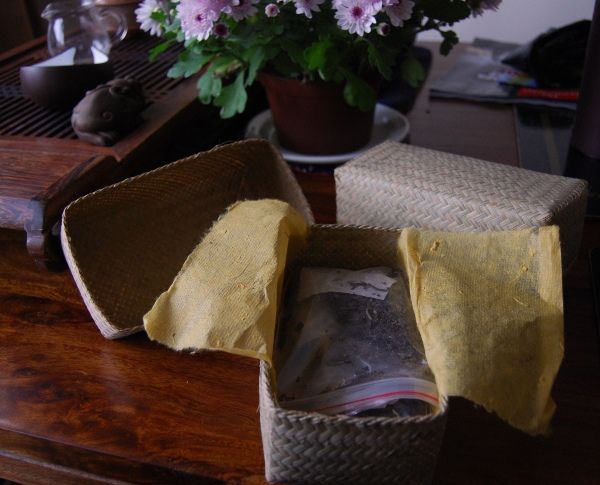
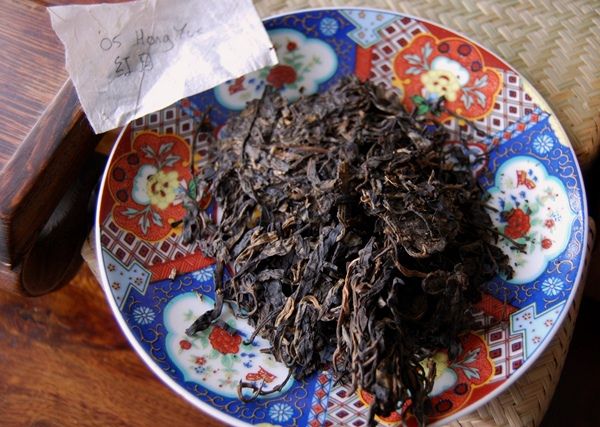
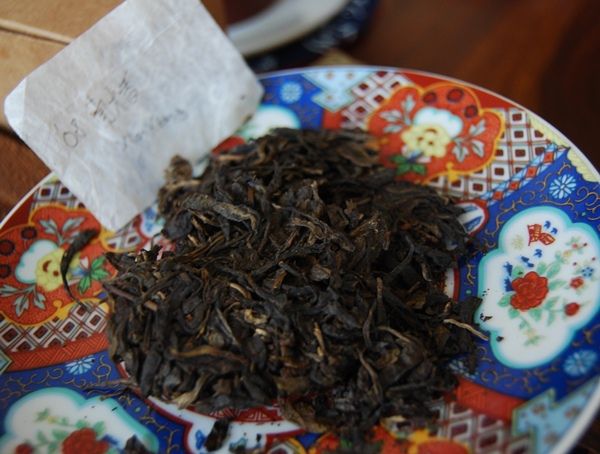
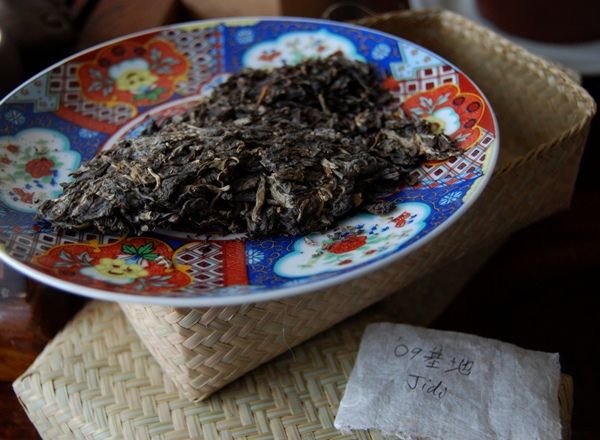
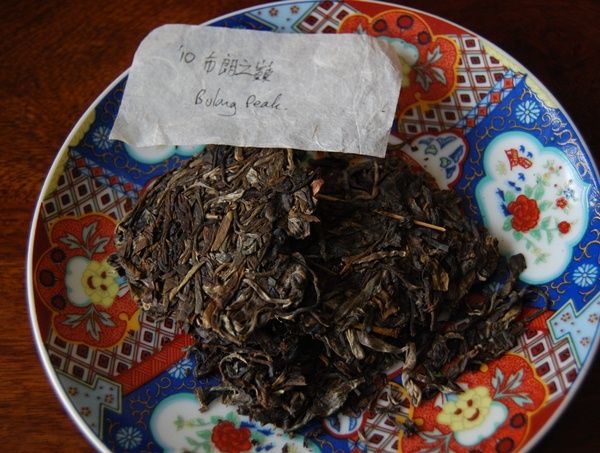
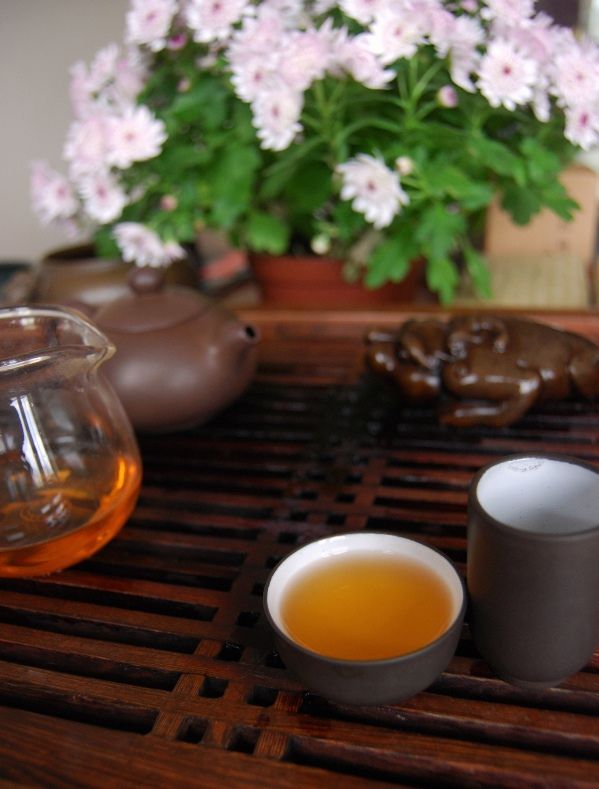
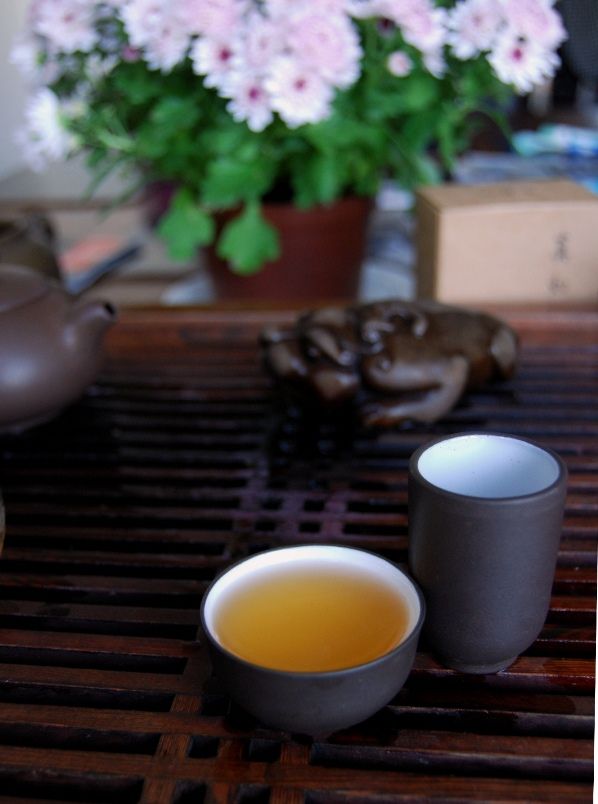
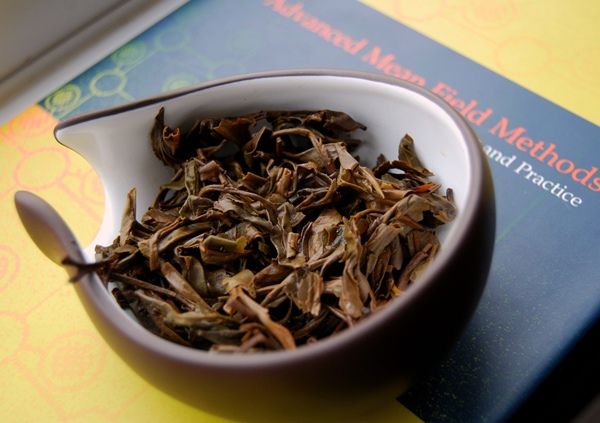
21 comments:
I think I have only tried their earlier products -- the ones from 05. I've never had their newer teas, so I can't comment on them.
It's been a few years (3, IIRC) since I tried the Hongyue, which is the one that I remember. I recall thinking it was a nice tea, but far too expensive. I didn't dislike it, but neither did I think it was worth anything more than a mere sample.
I also ordered a bunch of samples from this place, all sent in pretty little baskets like the one you have pictured here. Tried their 2008 100g cake but was so underwhelmed that I still have yet to crack open any of the sample bags in the baskets. I had been so hopeful too, given the lofty sound of their mission statement.
"I gave up and relegated them to mere office drinking (essentially the purgatorio of teas)."
you make me laugh :)
Nicolas
Dear MarshalN,
The Hongyue is an elusive creature. One of the reasons that I enjoy trying teas when they are young is that any reddening is more immediately obvious - after six years, a tea will have adopted orange, mature characteristics to some degree which (I find) makes it harder to identify reddening, should any have occurred. Often, all one has to go on is that unique "malty" characteristic, and a surprising lack of potency. I wonder if you agree.
Toodlepip,
Hobbes
Dear Radishes,
The packets actually make great little gifts - Chinese Mama (Xiaohu's Laolao) is living with us at the moment, and she rather liked them for storing keepsakes, etc.
Toodlepip,
Hobbes
Dear Nicolas,
If the office is purgatorio, one is led to wondering where we might we find the inferno of teas... :)
Toodlepip,
Hobbes
I think Michel must be given credit for his exploration of the inferno of teas...
http://teajar.blogspot.com/2007/04/usual-suspects.html
Heh, I didn't see that first time around - thanks for the link...
It is comforting to know that even mediocre teas will be given the opportunity for redemption!
I too ordered a box of samples from Zhi zheng a couple years back and didn't know what to make of them at the time. Obviously it was good quality leaf in there, but to me all of the sampled teas appeared rather thin and mild in just those important aspects where I would (and should) have expected more substance and force; like a pu erh aged, though at the same time not matured. My first thought was that the humid bana-storage might, in part, be the reason for this but, as you point out, even the really young teas share those same particular characteristics.
I did enjoy them to some extent, I admit, though maybe not as a pu erh tea but instead as... well, tea (no category)...
Johan
Another interesting reading...Can I have a question here? Maybe I didn't get it because my short English but: You see reddinesh of young Puer as a "not right" thing. Do you mean that it was wrong processes (improper shaqing)? Or do you think that it was made this way to make the teas more likeable (but less orthodox)? Interesting thing also is that you find very similar characteristics on all samples...
btw. What about heaven of teas? :)
Thanks
Petr
Dear Johan,
I put them down as being shengpu-like hongcha, perhaps. I hope for a change at Zhizheng in the future, but we'll see - the (very polite and quite charming) proprietor is quite certain that no "drink-it-now" emphasis has been placed on the leaves.
Toodlepip,
Hobbes
Dear Petr,
A good question. There are a few steps that can be taken in processing shengpu in order to "redden" it and make it more appealing (in a hongcha sort of way) for mass consumption. I understand that one of the most popular is to allow the leaves to oxidise a little prior to shaqing, much as one would do with wulong or hongcha to varying extents.
Heaven of teas... that's different for every one of us. :)
Toodlepip,
Hobbes
I found Hongyue to be quite pleasant when I had it, and don't think of it as bad in any obvious way.
for me the Zhi Zheng Bulang '10 is a fantastic tea
Hi Hobbes,
Could you recommend a shop in Singapore for teas? I'm rather new to tea appreciation :)
Chan
Dear Bubblebobble,
(i) you have an excellent username - I used to love that game as a child; (ii) the Bulang 2010 is actually rather nice - I'm drinking it today in my lab. It's red, but good quality, to my estimation.
Dear Chan,
I'm afraid that I've never been to Singapore, much as I'd love to do so. It seems that whenever we get out to the Far East, we spend the time in China (unsurprisingly, given our family!). Perhaps one of our Singaporean chums could suggest a venue - Keng and ST are particularly vigorous drinkers!
All the best,
Hobbes
Thank you for this post and the information you have given as I am just beginning my deeper journey into the tea world this helps broaden my knowledge.
Thank You
you comment disappeared but i played bubblebobble too when i was young and i finished all the 100 levels, i took me months. unforgettable music...
Yes, it appears that Blogger had a problem!
In response to the previous poster, I'm afraid that I've never been to Singapore, much as I'd love to do so. Perhaps some of our Singaporean friends can recommend a place or two. :)
All the best,
Hobbes
I think i got to the root of the problem or your issue bwith their tea. On their blog their are two articles on the Sha qing process where they seem to justify a small fermentation(wei diao) period before the kill green. take a look it makes for some interesting reading at the least http://www.zhizhengtea.com/puerblog/
GN
Thanks, GN. I'll give them a read. :)
Post a Comment